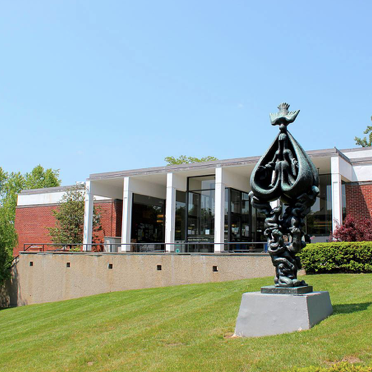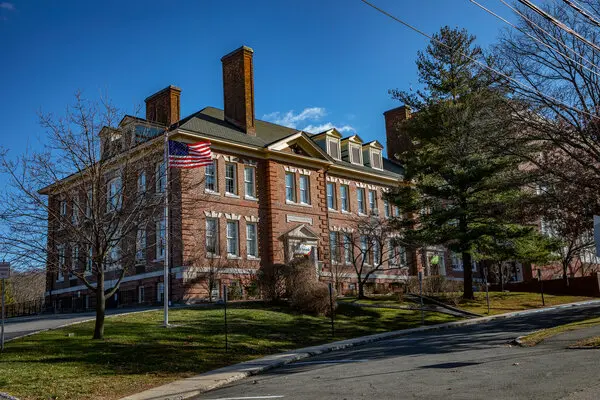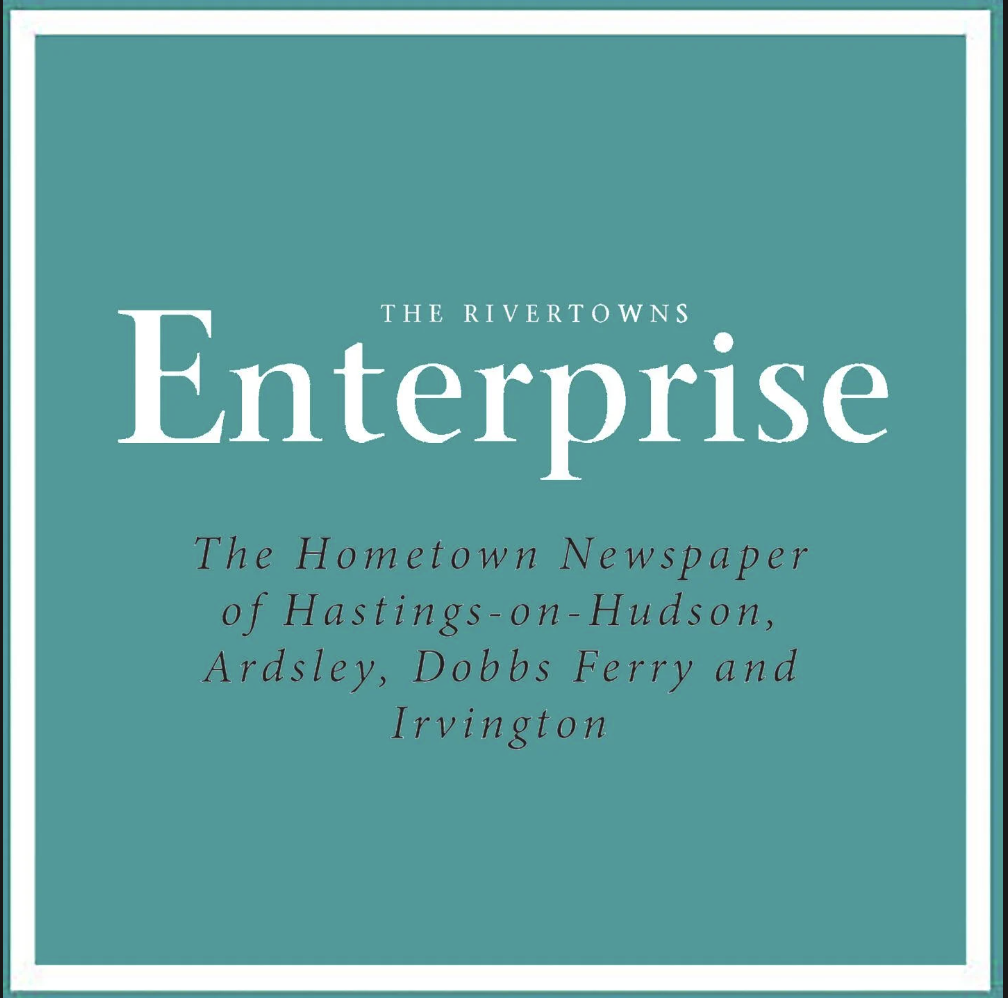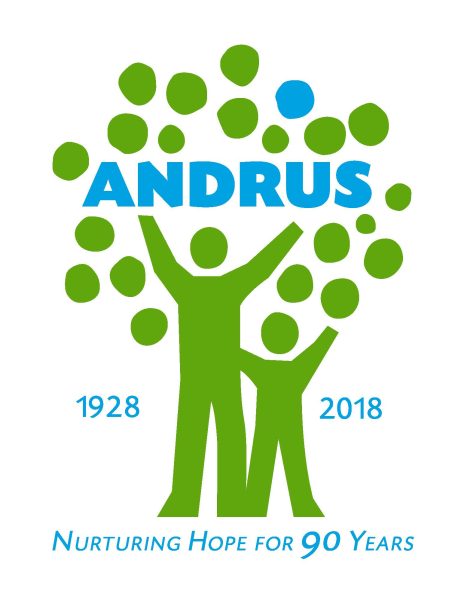The Reopening: What To Expect On April 12th

March 22, 2021
On March 25th, the district’s three schools released reopening plans detailing what the switch to an all-in model will look like on April 12th. As planning continues, I sat down with Mr. Adipietro and Ms. Cipollina, a school nurse, as well as teachers and students in the HHS community to find out their thoughts on the reopening.
Based on a March 1st survey, completed by 392 of the high school’s approximate 450 families, we have an idea of how many students will be back in the building full time. (The final numbers won’t be known until results from a survey being sent out over break are collected.)
According to the March 1st survey, 59.9% of families said their children would be coming back full time, 21.7% were “not sure at this time,” and 18.4% of families were expecting to keep their children home. Currently, about 61% of students are in the hybrid model. What this means in real numbers is that, on April 12th, we could have anywhere between 314 to 428 of the high schools total of 524 students in the school building full time. To put this in perspective, on Thursday, March 24th, there were only 166 students in the building.
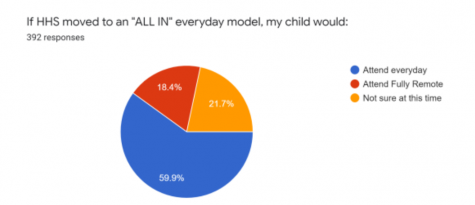
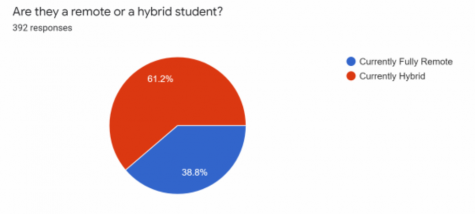
With this influx of students due on the 12th, here are some of the planned protocols you can expect at the HHS reopening:
- Lunch
- There will be sign-in sheets at tables in the cafeteria so that if there are any cases, contact tracing will easier,
- There will be tables in outdoor spaces including Reynolds, the Burke Estate, the administrative parking lot, and the courtyard for students to eat lunch at.
- When there is inclement weather students can eat in the cafeteria, Cochran gym, and lobby, and there is a plan to have some outdoor tented areas.
- Remote Students
- Teachers will not be expected to interact with remote students during the class other than to give instructions and materials at the start and end of class.
- Classrooms
- Standing barriers are in classrooms
- Individual student desk barriers will be available to separate students; students will not need to carry these between classes as they will be sprayed with an antimicrobial spray.
- Polycarbonate barriers will be positioned on collaborative tables that multiple students will sit at.
- Teachers will keep records/seating plans for classes to assist if contact tracing becomes necessary.
- Outdoor classes
- FMS and HHS teachers will be able to teach outside at 12 designated outdoor classroom spaces.
- Bathrooms
- The goal is to keep a max of no more than two people in a bathroom at a time
- One student per classroom will be allowed out to go to the restrooms.
- The goal is to keep a max of no more than two people in a bathroom at a time
- Mask Breaks
- Mask breaks will continue at the discretion of teachers.
- Density
- Due to the expected 60-80% of students who are in person, there will be variation in density, with some classes likely having upward of 23 students.
These protocols are a result of a months-long process that has included teachers, administrators, support staff, parents, and students. The actual decision though to fully reopen schools was made at a regional level.
Mr. Adipietro explained, “There is a standing organization, The Lower Hudson Council of School Superintendents, and they talk weekly. As a group they decided that this was the time to start talking about bringing students back into school buildings full time. So the decision was made more by the region which encompasses Westchester, Putnam, Duchess, and Rockland. Those superintendents came together and said, ‘look it’s time to reopen.’ And we’re all thinking sometime around the spring break.”
What this means, in effect, is that Hastings is not alone. Schools such as Bronxville and White Plains have already reopened while Dobbs Ferry will be joining Hastings in going all-in on April 12th.
The decision garnered support from many HHS families as the March 1st survey showed 51.3% of families supported moving to all-in model as compared to 25% that wanted to continue with the hybrid model and 15.3% that wanted the school to return to all-remote.
As for how the high school decided on the protocols, Mr. Adipietro described a process that began at the district level with a committee of close to 100 people to address general areas to be addressed and then smaller-building level committees that focused on specific needs within each building.
“I had about 27 parents, students, and teachers on [the high school] committee,” said Mr. Adipietro. “We broke out into breakout rooms to look at various areas of concern. For example: ventilation, barriers, lunch […] We asked each breakout group to go through the tabs and put in what they saw as some concerns, some questions, and some possible solutions.”
Those initial conversations led to a number of proposals that continued to be vetted at different levels: “We had a conversation about barriers, we had a conversation about ventilation, we had a conversation about what does all-in look like, how many kids do we think will come back to school. All that stuff. We’re also working with our BLT, the Building Leadership Team. We’re also working as a faculty, and the HS has its own internal reopening committee.”
The primary concern, of course, as we go into an all-in model is the safety of students and teachers. However, HHS has done an impressively effective job so far at keeping the community safe, with only six cases of Covid that required contact-tracing and no cases linked to in-school transmission.
“I think it will be safe,” said Mr. Conwisar, reflecting on the year so far. “I think the students have been remarkably responsible. I have not had a single incident of asking a student to put their masks on or just mask wearing in general.”
Furthermore, Ms. Cipollina explained that “We have yet to see any case spread within the school. If a student has Covid, we put them out in isolation and quarantine the other students and faculty they had contact with. And we have not seen spread to those other students and staff within the classroom setting, for both the middle school and high school.”
The school has also become far more effective at quarantining only those deemed at high risk by CDC guidelines. There have only been 6 cases of students in the building with Covid. For the first case, 43 students and 9 staff were put into quarantine, but for the most recent case, only 5 students and no faculty were affected.
Some students and parents have wondered why the school is choosing to reopen now, with only a few months left in school and Covid still in circulation.
“This is a good trial,” said Ms. Cipollina “It is the springtime, which makes it good weather for children to go eat lunch outside. It’s the last few months of school, so it’s a good time to kind of see areas where we can be better and areas that we’re doing well.”
As seen by the survey results mentioned previously, the reopening announcement has unsurprisingly come with many mixed feelings. Still, many teachers, such as Mr. Conwisar, feel good about what is to come.
“I’m pretty excited about it. I personally don’t have many concerns and I’m looking forward to it,” he said.
“I’m excited for everyone to be in person and to have school kind of feel like a little more normal, a little more routine. Of course, we all want the students here. We miss the students,” said Ms. Weitman. She also shared some areas of concern. “I’m worried about my bigger classes. Because they put the tables back, and there’s two people sitting at a table; students are going to be sitting right next to each other in classes where I have more than 14 students, and I have classes that are bigger than that.“
Similarly to Ms. Weitman, Cayla Ossen a HHS senior, who has been hybrid and plans on going all-in, said, “Some of the classes I’m in are pretty big and even with some people choosing to remain full-remote, I think some classrooms are going to be pretty crowded which is going to be weird considering how I’ve become hyper-aware of how close I am to different people in a room.”
Despite her worries, however, Cayla is optimistic and thinks, “I’ll definitely feel more comfortable after a few days.”
With this switch also comes worries for students who stay remote and who will be in a statistical minority. Graham Routhier, a HHS senior who has been fully remote this year and plans to continue to be, said, “I hope that teachers don’t just completely forget about the students at home. In hybrid, it makes it so they have to be okay with a balance, but perhaps now there will be far fewer people at home.”
Reopening is not going to be easy, but, if it can be done safely, comes with many benefits. Mr. Conwisar shared, “I’m looking forward to seeing all the students at one time, the atmosphere of having everyone together: students interacting. School is meant to have students in it.”
